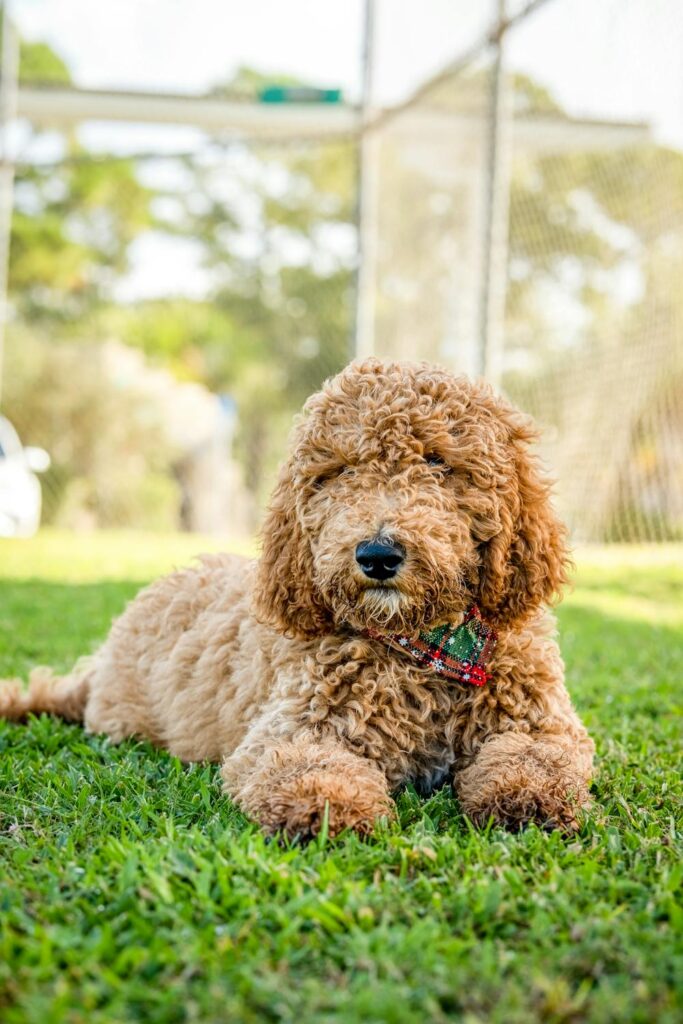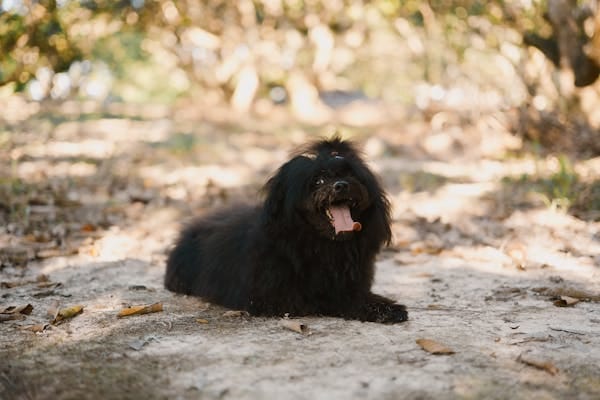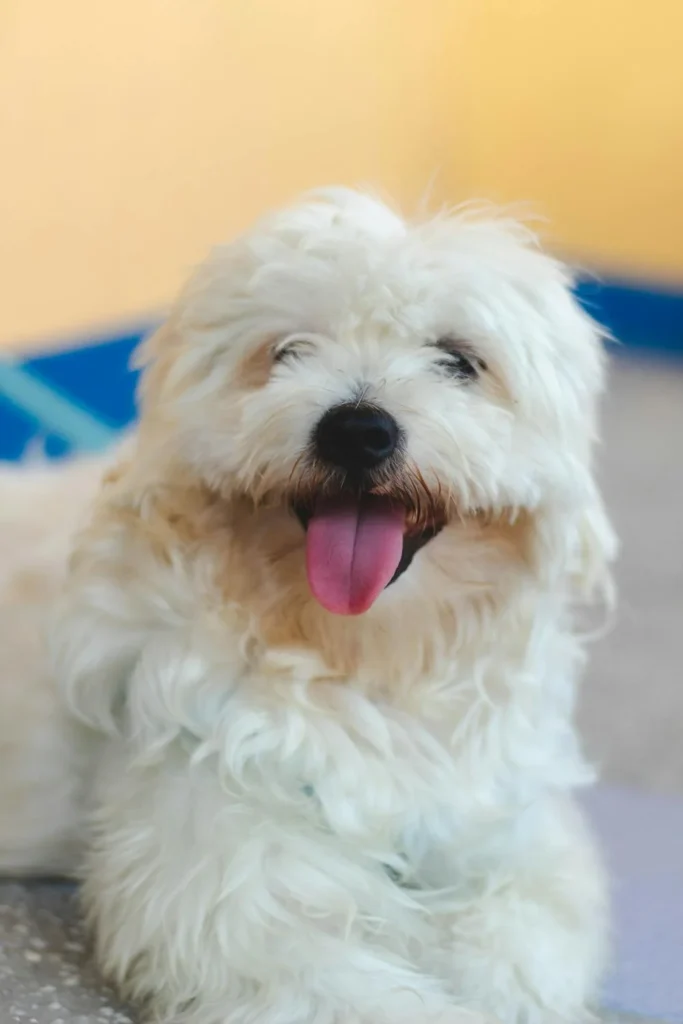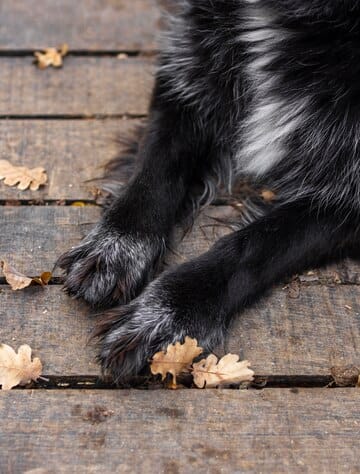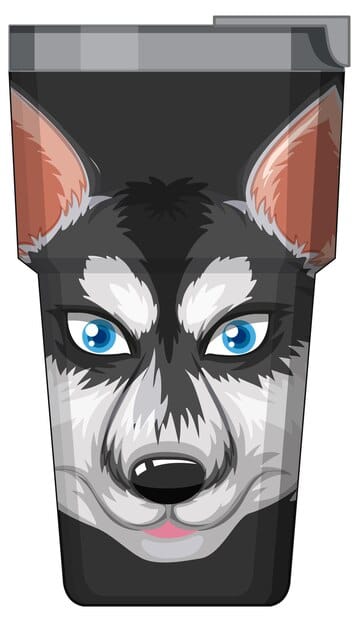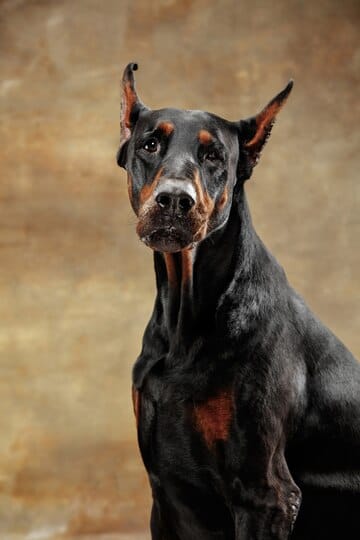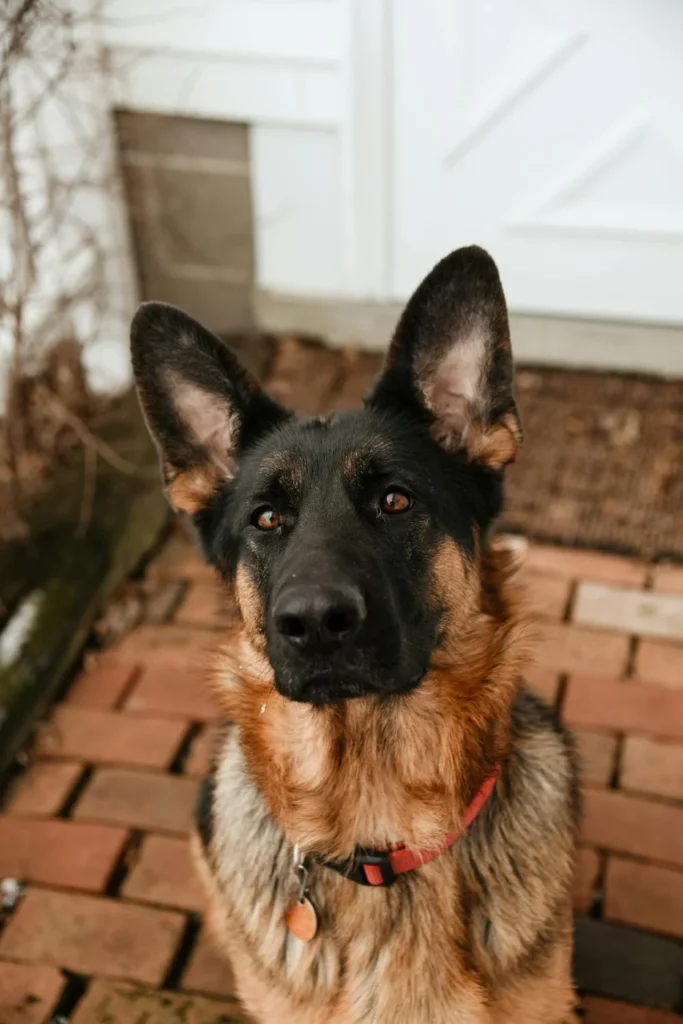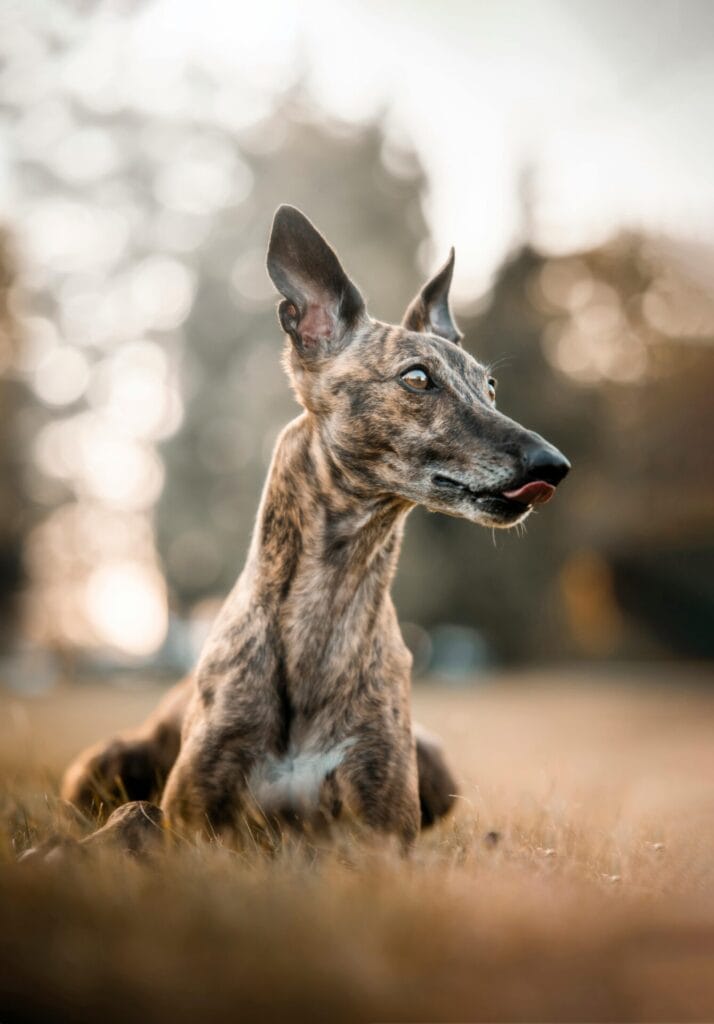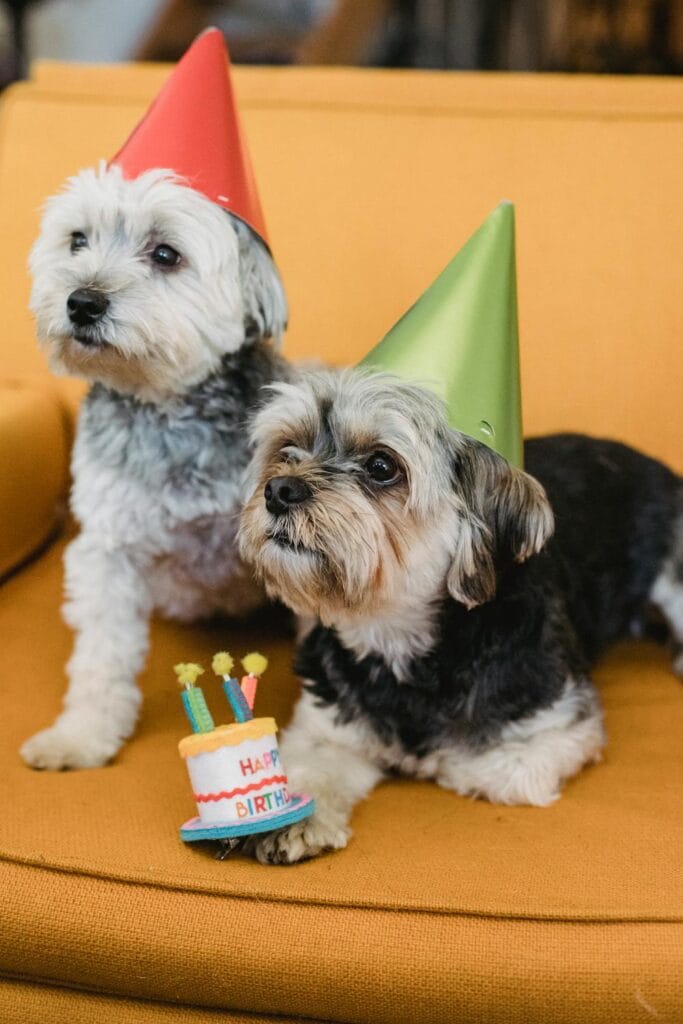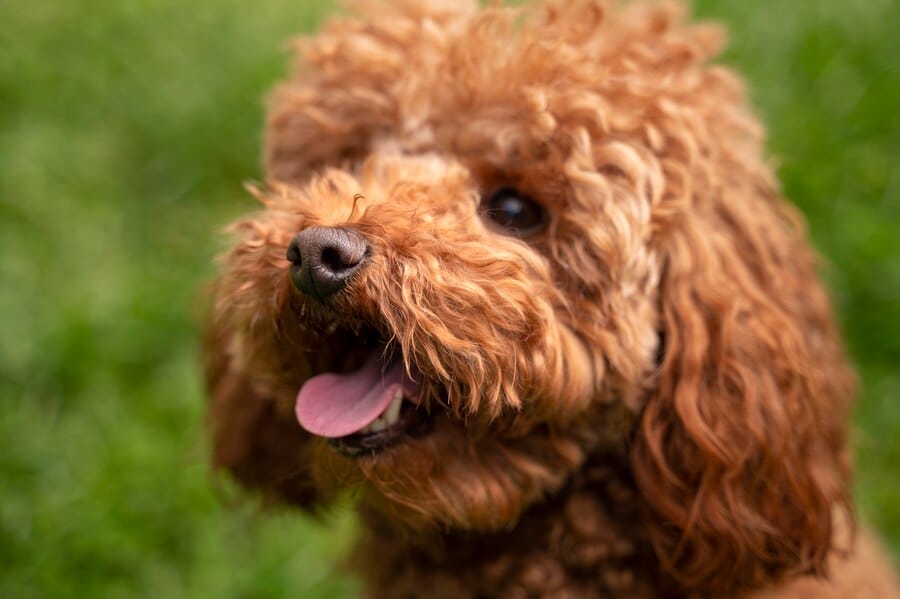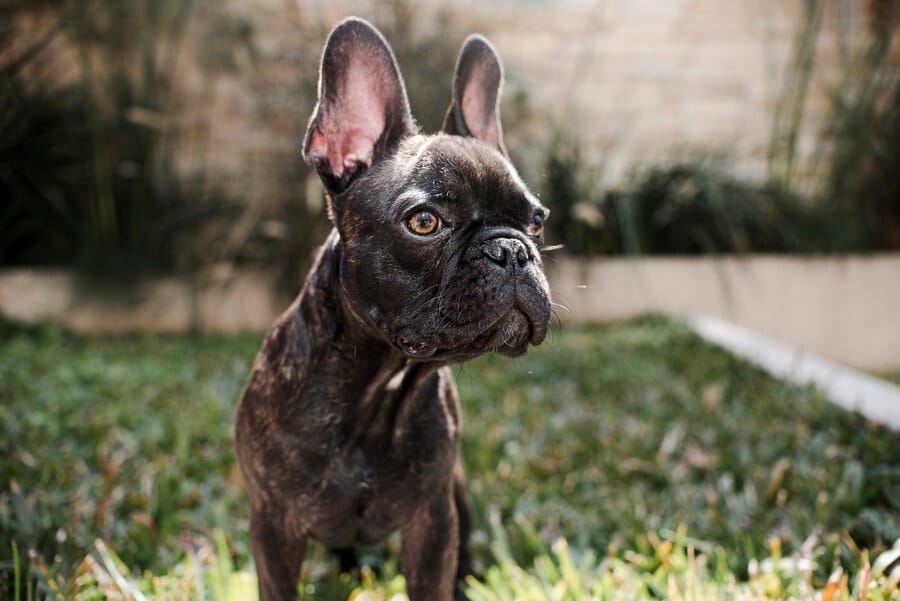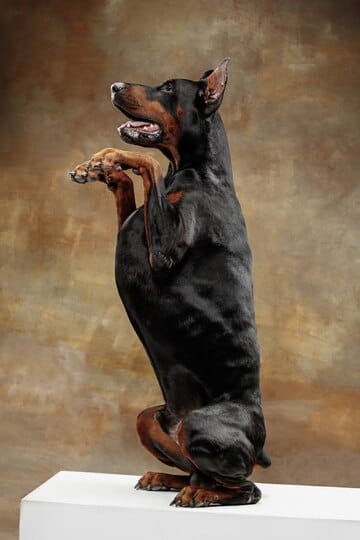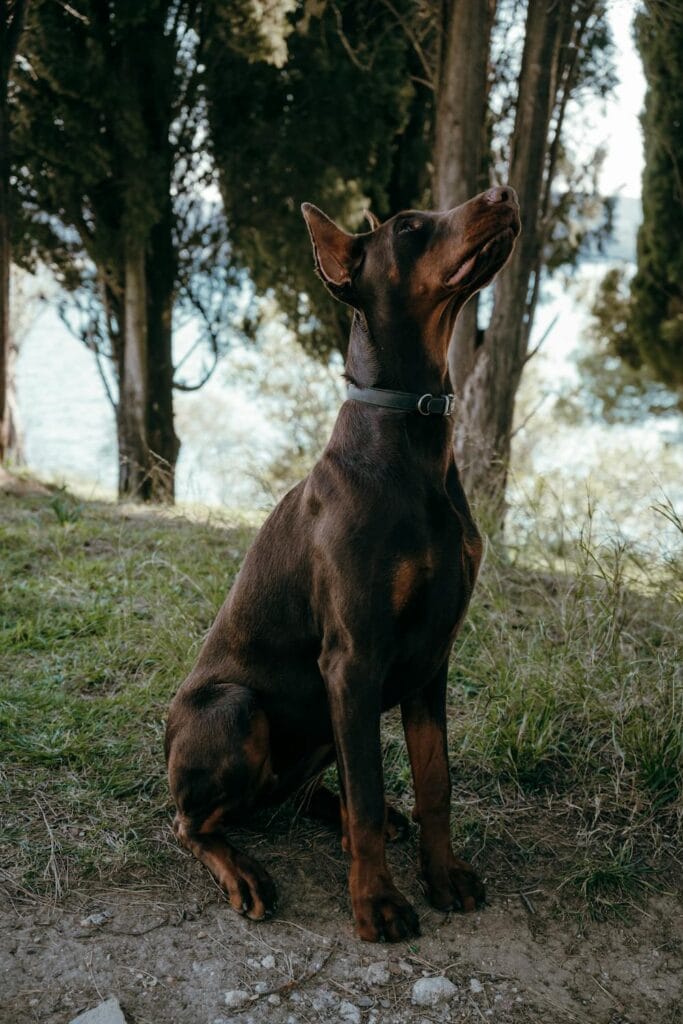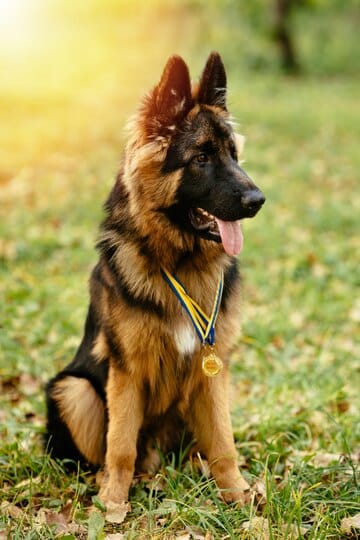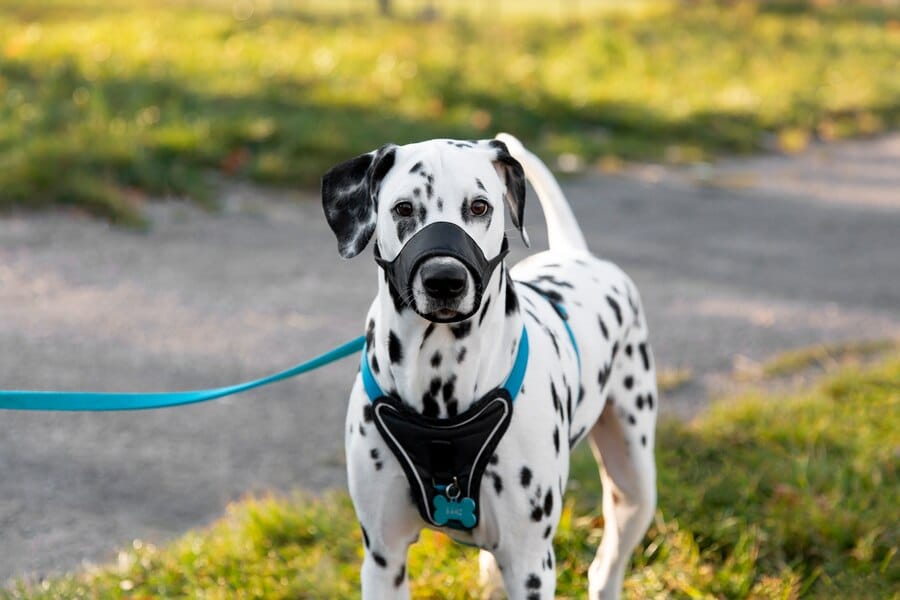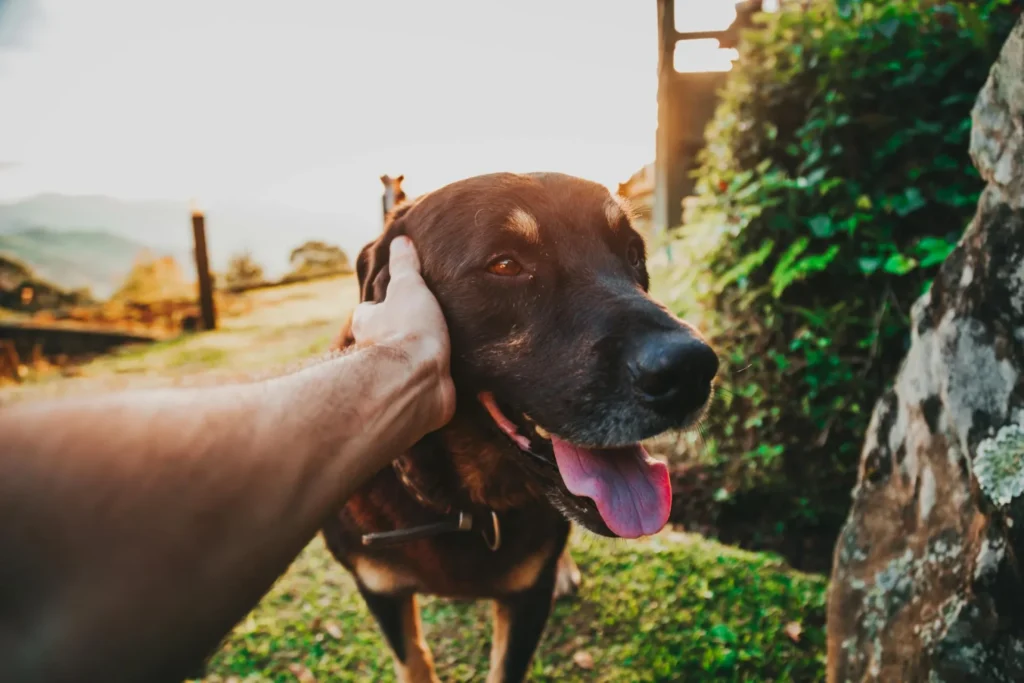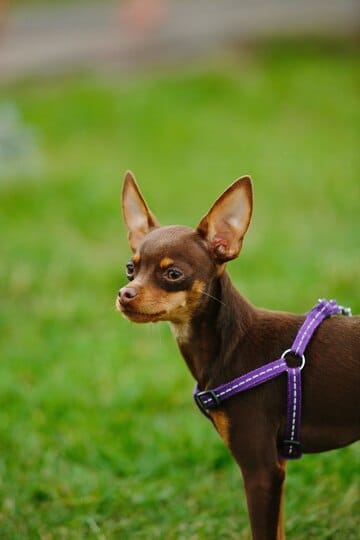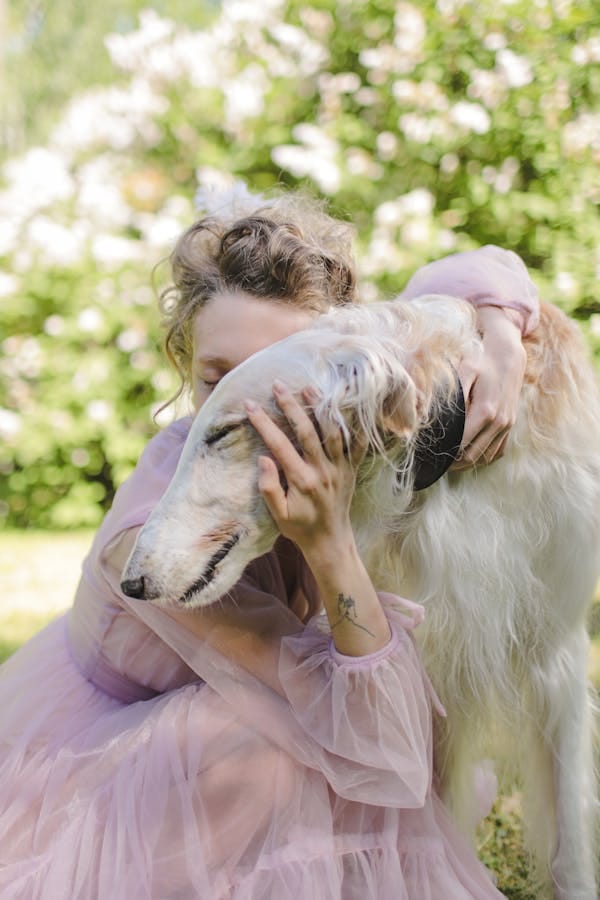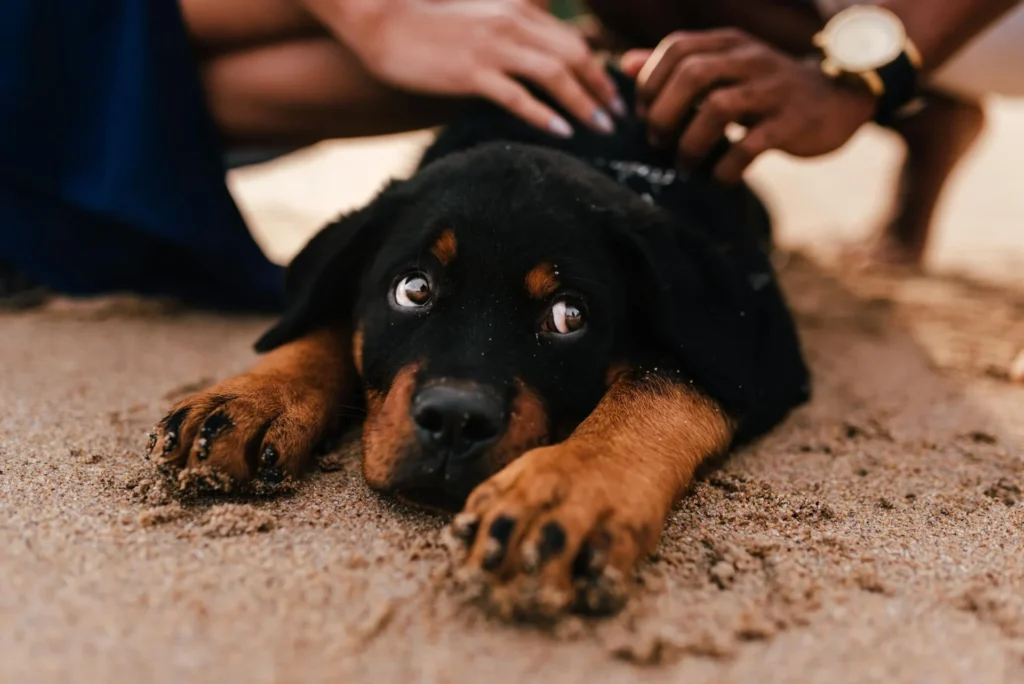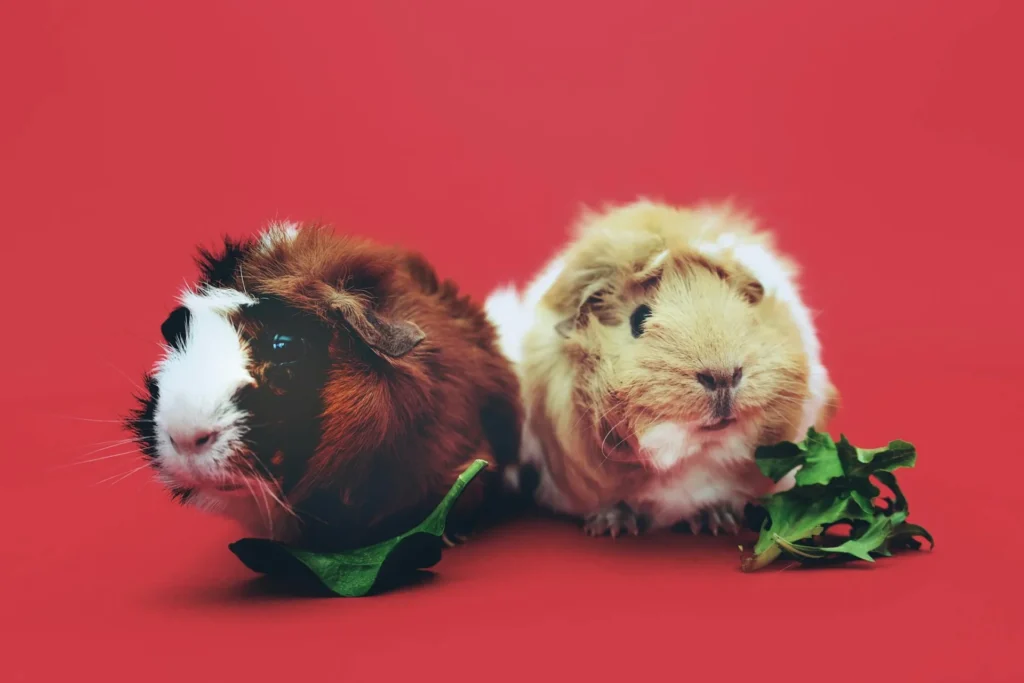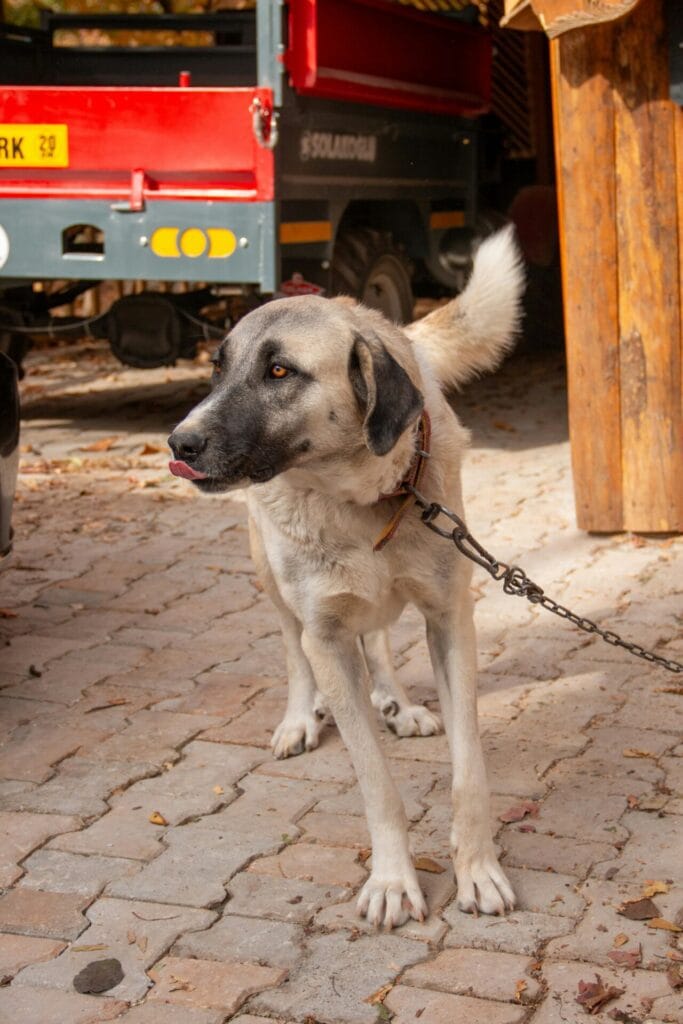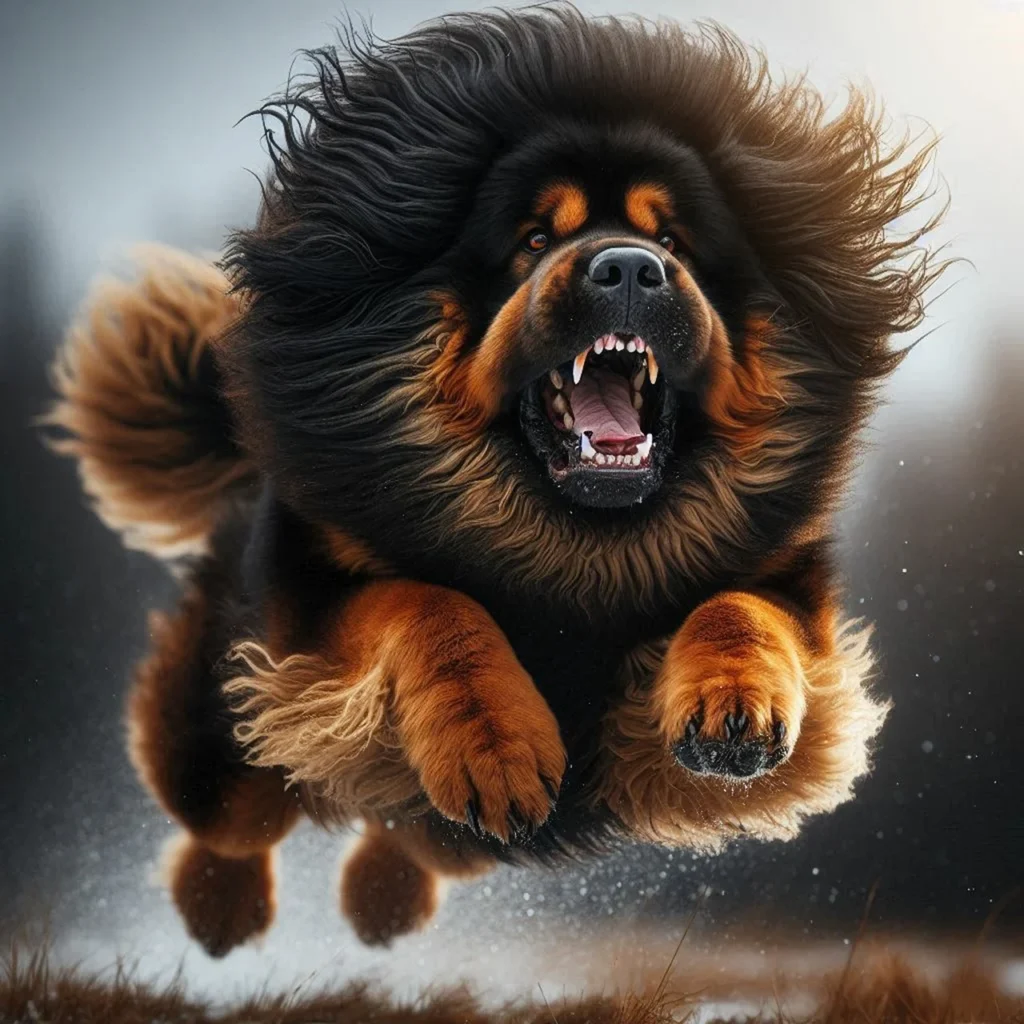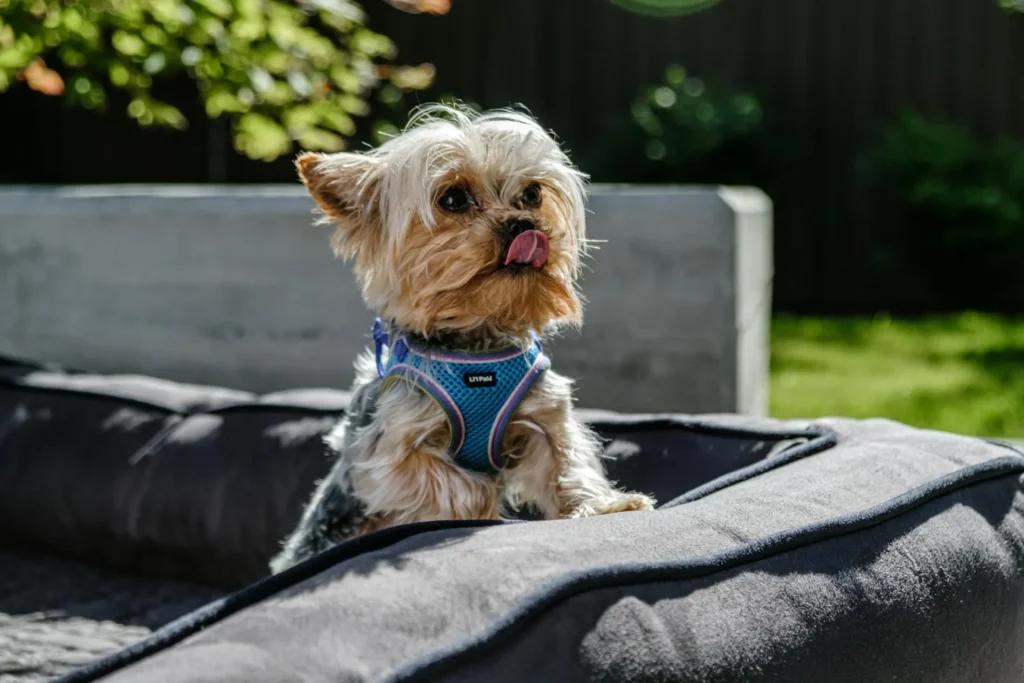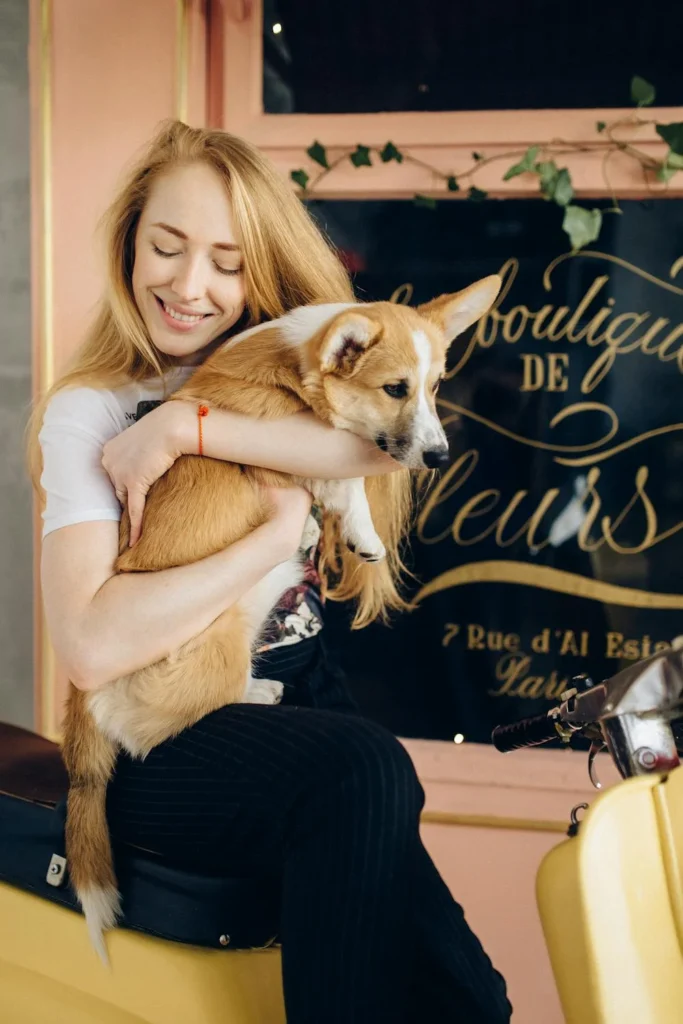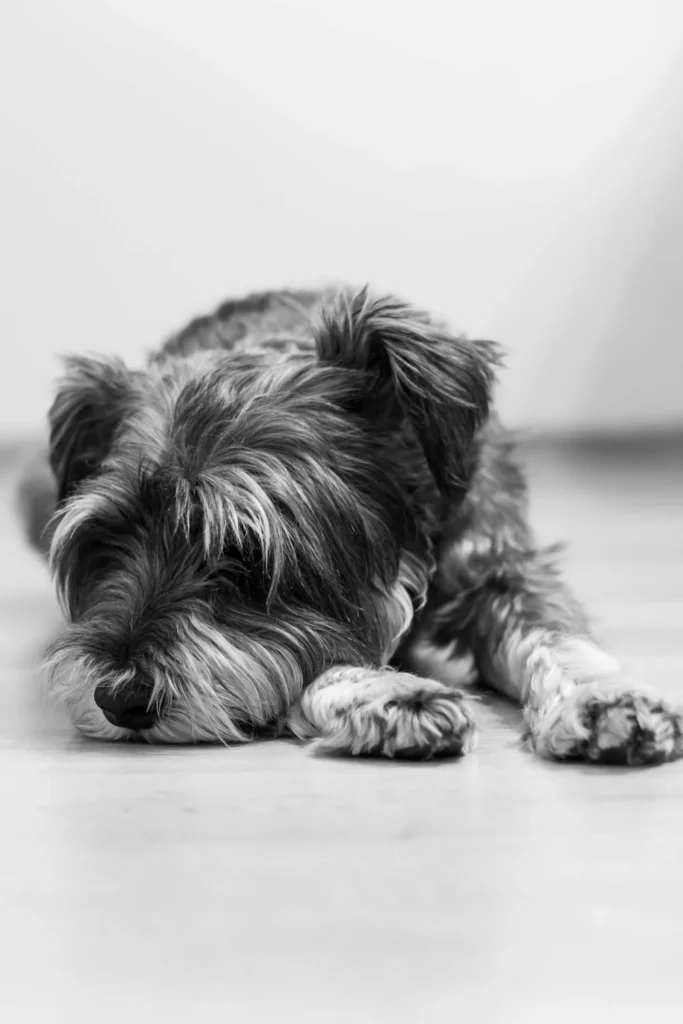- Introduction: Embracing the Eccentric
- The Poodle Prance: More Than Just a Walk
- The Poodle Stare: Soul-Piercing Gaze
- The Poodle Smile: Yes, They Really Do Grin
- The Poodle Paddle: Air Swimming
- The Poodle Spin: The Twirling Tornado
- The Poodle Lean: The Canine Cuddle
- The Poodle Talk: Vocal Virtuosos
- The Poodle Perch: High Ground Seekers
- The Poodle Pit Stop: The Sidewalk Plop
- The Poodle Pillow Fluff: Bed-Making Ritual
- The Poodle Mirror Mystique: Self-Awareness or Confusion?
- Conclusion: Celebrating Poodle Peculiarities
Introduction: Embracing the Eccentric
Poodles are known for their intelligence, elegance, and versatility. But behind those soulful eyes and perfectly groomed coats lies a world of quirky behaviors that can leave even the most experienced dog owners scratching their heads. In this deep dive into the weird and wonderful world of poodle behavior, we’ll explore the oddities that make these dogs so endearing, perplexing, and downright hilarious.
The Poodle Prance: More Than Just a Walk
One of the most iconic “weird” poodle behaviors is their distinctive gait, often referred to as the “poodle prance.”
What is the Poodle Prance?
- A high-stepping gait where the poodle appears to be bouncing or dancing
- Often accompanied by a proud, upright posture
- More pronounced in some poodles than others
Why Do They Do It?
- Genetic predisposition
- Excitement or happiness
- Showing off for attention
The Prance in Different Poodle Sizes
| Poodle Size | Prance Characteristics |
|---|---|
| Standard | More subtle, flowing movement |
| Miniature | Often more pronounced, bouncy |
| Toy | Can be quite exaggerated, almost comical |
The Poodle Stare: Soul-Piercing Gaze
Poodles are known for their intense, unblinking stare that can make owners feel like their dogs are peering into their very souls.
Characteristics of the Poodle Stare
- Unwavering eye contact
- Slight head tilt
- Often accompanied by perked ears
Reasons Behind the Stare
- Attempting to communicate a need or desire
- Reading human emotions and expressions
- Waiting for cues or commands
- Simple fascination with their humans
The Poodle Smile: Yes, They Really Do Grin
Many poodle owners swear their dogs smile, and they’re not imagining things!
What Does a Poodle Smile Look Like?
- Lifted upper lip, exposing teeth
- Relaxed, open mouth
- Often accompanied by a wagging tail and bright eyes
Why Do Poodles Smile?
- Mimicking human expressions
- Sign of submission or friendliness
- Learned behavior reinforced by positive reactions from humans
The Poodle Paddle: Air Swimming
One of the strangest and most amusing poodle behaviors is the tendency to “swim” in the air when held over water.
What is Air Swimming?
- Paddling motion with all four legs when suspended over water
- Can occur even if the poodle has never been swimming before
Theories Behind Air Swimming
- Instinctive behavior related to their water retriever heritage
- Anticipation of water contact
- Attempt to gain control in an unfamiliar situation
The Poodle Spin: The Twirling Tornado
Many poodles engage in spinning behavior, turning in tight circles for seemingly no reason.
When Do Poodles Spin?
- Before meals
- When excited about walks or play
- In response to certain words or actions
Possible Reasons for Poodle Spinning
- Excess energy or excitement
- Learned behavior for getting attention
- Compulsive behavior (if excessive)
The Poodle Lean: The Canine Cuddle
Poodles are known for their affectionate nature, often expressed through the “poodle lean.”
What is the Poodle Lean?
- Pressing their body weight against their human’s legs
- Can be gentle or quite forceful
Why Do Poodles Lean?
- Seeking physical contact and affection
- Marking their humans with their scent
- Feeling anxious and seeking reassurance
The Poodle Talk: Vocal Virtuosos
Poodles are surprisingly vocal dogs, with a range of sounds that go far beyond simple barking.
The Poodle Vocabulary
- Grumbles and mumbles
- High-pitched whines
- Sighs and huffs
- “Singing” or howling
Situations That Prompt Poodle Talk
- Expressing opinions or disagreement
- Seeking attention
- Responding to music or certain sounds
The Poodle Perch: High Ground Seekers
Many poodles have a strange affinity for high places, often seeking out elevated spots to rest or observe.
Common Poodle Perches
- Back of couches
- Top of stairs
- Elevated dog beds
Why Do Poodles Seek High Ground?
- Instinct to survey their territory
- Desire to be at eye level with humans
- Feeling of security in elevated positions
The Poodle Pit Stop: The Sidewalk Plop
Sometimes, poodles will suddenly stop and refuse to move during walks, often sitting or lying down on the spot.
Characteristics of the Sidewalk Plop
- Abrupt stopping
- Sitting or lying down
- Resistance to continue walking
Reasons for the Sudden Stop
- Overstimulation or tiredness
- Anxiety or fear of something in the environment
- Attempt to extend the walk or playtime
The Poodle Pillow Fluff: Bed-Making Ritual
Many poodles engage in an elaborate ritual of circling, pawing, and “fluffing” their beds before settling down.
The Bed-Making Process
- Circling the bed area
- Pawing at blankets or pillows
- Pushing bedding into a specific arrangement
Theories Behind Bed Fluffing
- Instinctive den-making behavior
- Temperature regulation
- Scent marking
The Poodle Mirror Mystique: Self-Awareness or Confusion?
Poodles often have interesting reactions to mirrors, ranging from indifference to fascination.
Common Mirror Reactions
- Barking at their reflection
- Attempting to play with the “other dog”
- Checking themselves out
Understanding Mirror Behavior
- Level of self-awareness
- Individual personality differences
- Previous experiences with reflective surfaces
Conclusion: Celebrating Poodle Peculiarities
These weird and wonderful behaviors are part of what makes poodles such unique and beloved companions. From their prancing gait to their soulful stares, poodles keep us entertained, perplexed, and utterly charmed.
Remember, while these behaviors are common, each poodle is an individual. Your curly-coated companion may exhibit all, some, or none of these quirks. The key is to embrace your poodle’s unique personality and quirks, understanding that these odd behaviors are part of what makes the breed so special.
By appreciating and understanding these peculiarities, we can better connect with our poodle companions, providing them with the love, care, and occasionally bemused acceptance they need to thrive. So the next time your poodle engages in a particularly weird behavior, remember – it’s not just odd, it’s quintessentially poodle!

